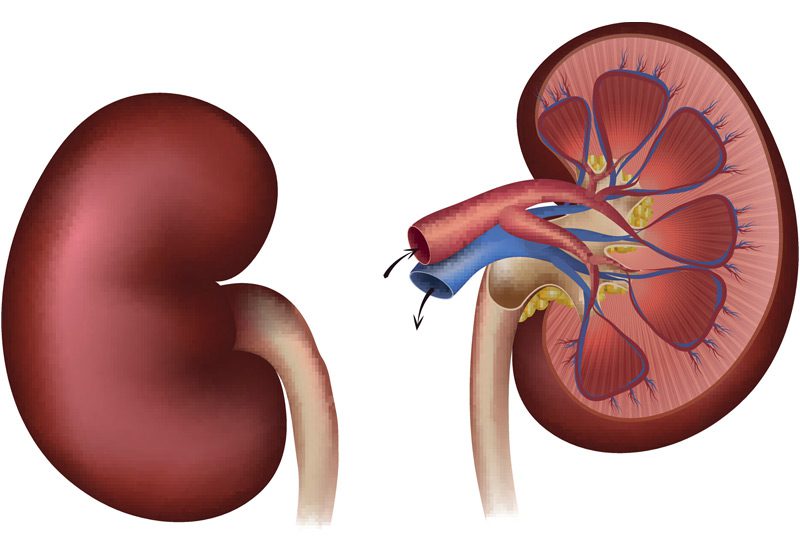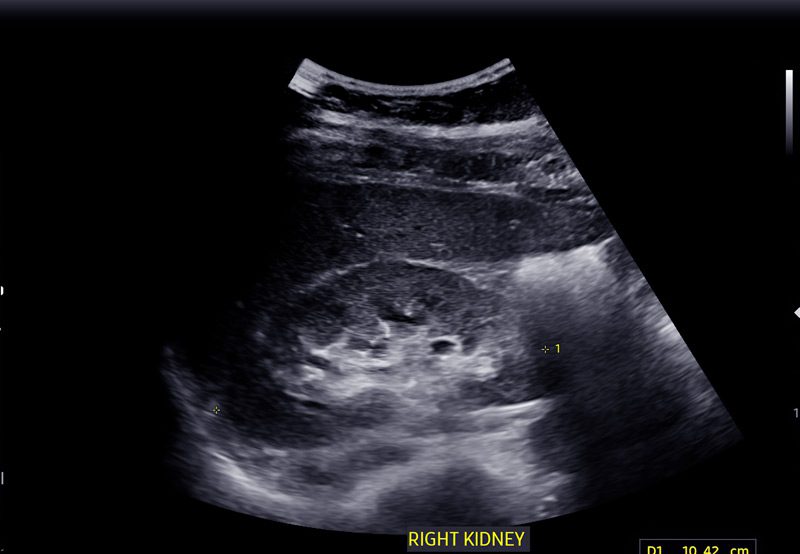

Hydronephrosis refers to the swelling or dilation of one or both kidneys due to a buildup of urine. This occurs when there is an obstruction or disruption in the normal flow of urine from the kidneys to the bladder. While it is a structural finding rather than a disease itself, hydronephrosis often signals an underlying urologic issue that requires attention.
Causes of Hydronephrosis
A wide range of conditions can lead to hydronephrosis, including:
- Kidney Stones: A common cause of acute obstruction in the ureter, preventing urine from draining.
- Ureteropelvic Junction (UPJ) Obstruction: A congenital or acquired narrowing where the kidney connects to the ureter.
- Tumors: Masses in the kidney, ureter, bladder, or surrounding organs can compress the urinary tract.
- Enlarged Prostate (BPH): In men, an enlarged prostate may block the outflow of urine, causing backpressure on the kidneys.
- Pregnancy: The growing uterus can occasionally compress the ureters, leading to temporary hydronephrosis.
- Neurogenic Bladder: Dysfunction in bladder emptying due to nerve problems can result in urine backing up into the kidneys.
- Post-surgical Complications: Adhesions or anatomical changes after abdominal or pelvic surgery.

Symptoms
Hydronephrosis may be asymptomatic, especially when mild, or present with symptoms such as:
- Flank or back pain (dull or sharp)
- Nausea or vomiting
- Difficulty or pain with urination
- Increased urinary frequency or urgency
- Blood in the urine (hematuria)
- Fever and chills (if infection is present)
Diagnosis
To evaluate suspected hydronephrosis, a urologist may use:
- Ultrasound: The most common and non-invasive method to visualize kidney swelling.
- CT Scan: Provides more detailed imaging, often used when the cause is unclear or stones are suspected.
- MRI: May be used in specific cases where radiation should be avoided.
- Renal Scan: Assesses how well urine drains from the kidneys and helps differentiate between obstructive and non-obstructive causes.
- Cystoscopy or Retrograde Pyelogram: Used to directly visualize the bladder and ureters and inject contrast to identify blockages.
Treatment Options
Treatment is aimed at relieving the obstruction and preserving kidney function:
- Ureteral Stent or Nephrostomy Tube: Temporary drainage methods to bypass the obstruction.
- Stone Removal: Via shockwave lithotripsy, ureteroscopy, or percutaneous procedures.
- Surgical Correction: Conditions like UPJ obstruction or strictures may require pyeloplasty or endoscopic incision.
- Prostate Management: For BPH-related cases, medications or surgical options like TURP may be recommended.
- Tumor Management: Referral to oncology or surgical resection depending on the location and type of tumor.
Next Steps
If hydronephrosis is suspected or diagnosed, it is essential to identify and treat the underlying cause to prevent permanent kidney damage. A urologist will guide you through appropriate testing and interventions based on the severity and source of the obstruction. Timely evaluation is key to preserving kidney health and relieving symptoms.
